What You Can Catch Off Key West in Summer vs Winter
Key West, the southernmost point in the continental United States, offers some of the most diverse and exciting fishing opportunities year-round. This tropical paradise sits at the convergence of the Gulf of Mexico and the Atlantic Ocean, creating a unique ecosystem that attracts a remarkable variety of marine species. While many destinations experience significant seasonal limitations, Key West’s favorable climate ensures excellent fishing throughout the year, with different species taking center stage as the seasons change. Understanding the seasonal patterns can dramatically improve your chances of a successful fishing expedition in these legendary waters.
The Unique Fishing Environment of Key West
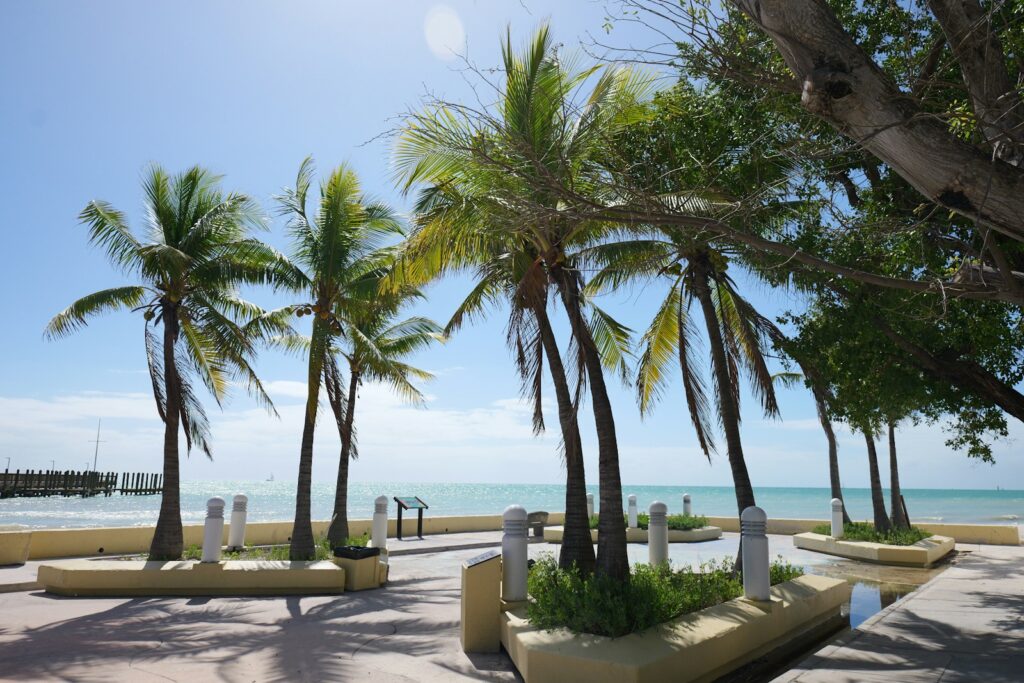
Key West’s geographical position creates an extraordinary fishing environment unlike anywhere else in North America. The island chain sits along the Florida Straits, where the warm Gulf Stream current flows close to shore, bringing nutrient-rich waters that support an incredible diversity of marine life. The area features multiple habitats, including coral reefs, seagrass beds, mangrove systems, and deep-water trenches that drop to over 2,000 feet just a few miles offshore. This environmental diversity means anglers can experience everything from shallow flats fishing to deep-sea adventures within a short distance. The subtropical climate keeps water temperatures relatively stable compared to mainland locations, though the seasonal variations that do occur significantly influence which species are most abundant at different times of the year.
Summer Fishing Season Overview
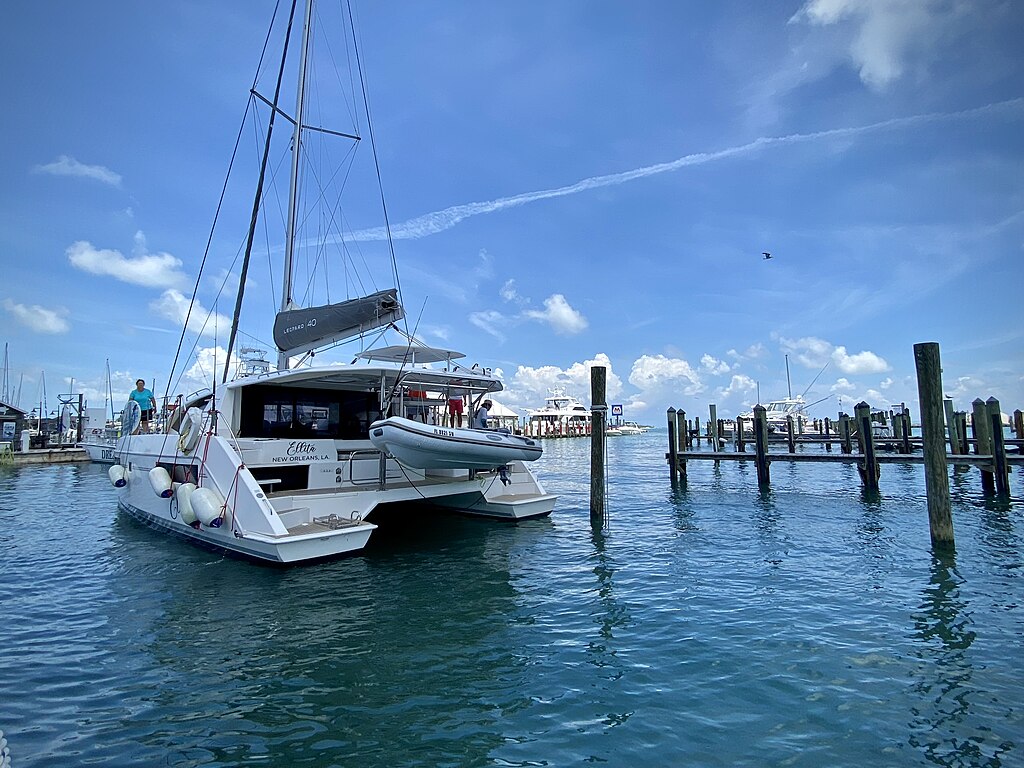
Summer in Key West transforms the waters into a tropical fishing paradise with water temperatures typically ranging from the mid-80s to the low 90s Fahrenheit. This period from June through September coincides with longer daylight hours, providing extended fishing opportunities for enthusiasts. The warmer waters bring migratory pelagic species closer to shore, making this the prime season for offshore fishing adventures. Summer also brings afternoon thunderstorms that can create challenging conditions but often lead to exceptional fishing opportunities once they pass. The combination of warm water and seasonal currents during summer creates feeding frenzies that can result in spectacular catches, particularly during the early morning and evening hours when temperatures are slightly cooler.
Winter Fishing Season Overview
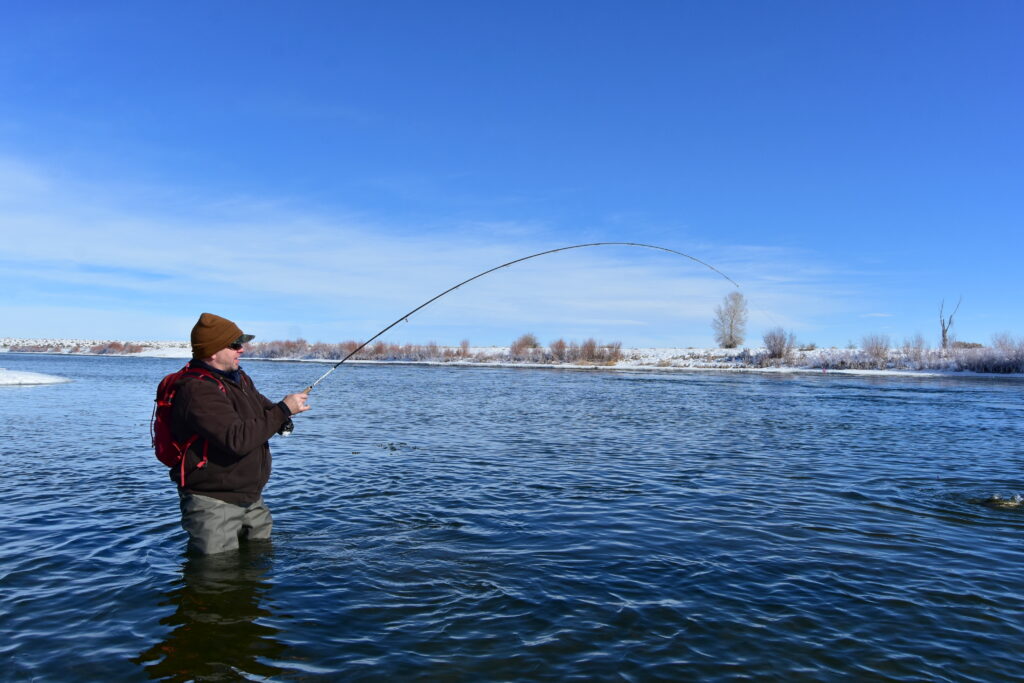
Winter in Key West, spanning from December through March, offers a welcome escape for anglers fleeing frozen northern waters. With water temperatures generally holding between the upper 60s and mid-70s Fahrenheit, these “cooler” conditions trigger different migration patterns and feeding behaviors among the local fish populations. Winter typically brings more stable weather patterns with less precipitation and clearer skies, though occasional cold fronts can temporarily lower temperatures and create challenging fishing conditions. The winter months are characterized by stronger winds that can limit offshore accessibility on some days, but they also bring certain species closer to the protection of the flats and backcountry areas. Many experienced guides consider winter the most reliable season for consistent catches, particularly for certain prized game fish that prefer the slightly cooler waters.
Summer Offshore Giants: Mahi-Mahi and Marlin
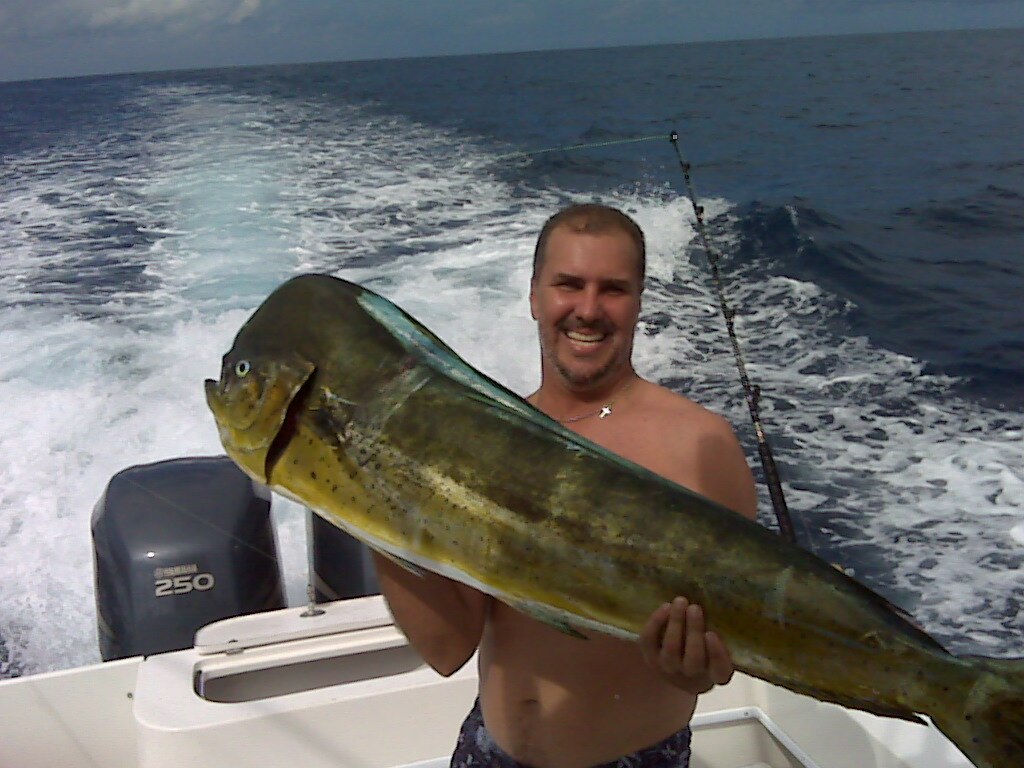
Summer transforms the offshore waters of Key West into a playground for some of the ocean’s most magnificent gamefish. Mahi-mahi (dolphinfish) reach their peak abundance during the warmer months, delighting anglers with their acrobatic fights and spectacular coloration. These fish typically congregate around floating debris and weed lines, where they can be found in schools that sometimes number in the dozens. Blue marlin and white marlin also make their strongest showing during the summer months, when water temperatures create ideal conditions for these apex predators. The summer season offers anglers the best opportunity to battle these offshore giants, with July and August typically providing the most consistent action for those seeking the thrill of landing these prestigious catches.
Winter Reef Masters: Grouper and Snapper
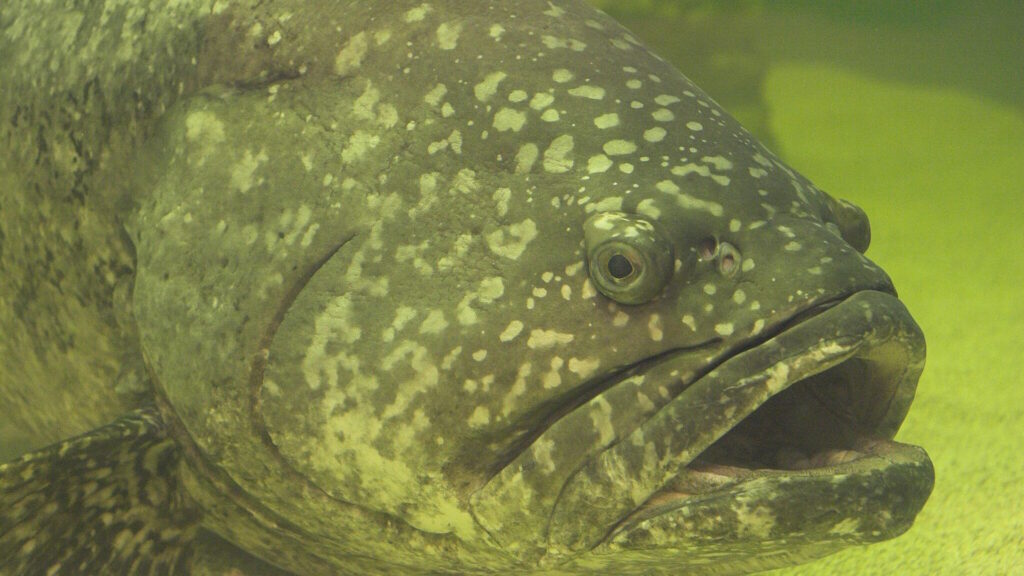
Winter months bring exceptional reef fishing opportunities as various grouper and snapper species become more active in the cooler waters. Black grouper and gag grouper, which can reach impressive sizes exceeding 40 pounds, become more concentrated around the reef structures during winter months. Mutton snapper and yellowtail snapper also provide consistent action throughout the winter, with the clearer water conditions improving visibility and feeding activity. The winter season coincides with spawning periods for several of these species, bringing larger concentrations to predictable locations around the reefs. Anglers targeting these fish benefit from the slower metabolism these fish exhibit in cooler waters, which often makes them less selective and more willing to take baits.
Summer Tarpon Migration: The Silver King
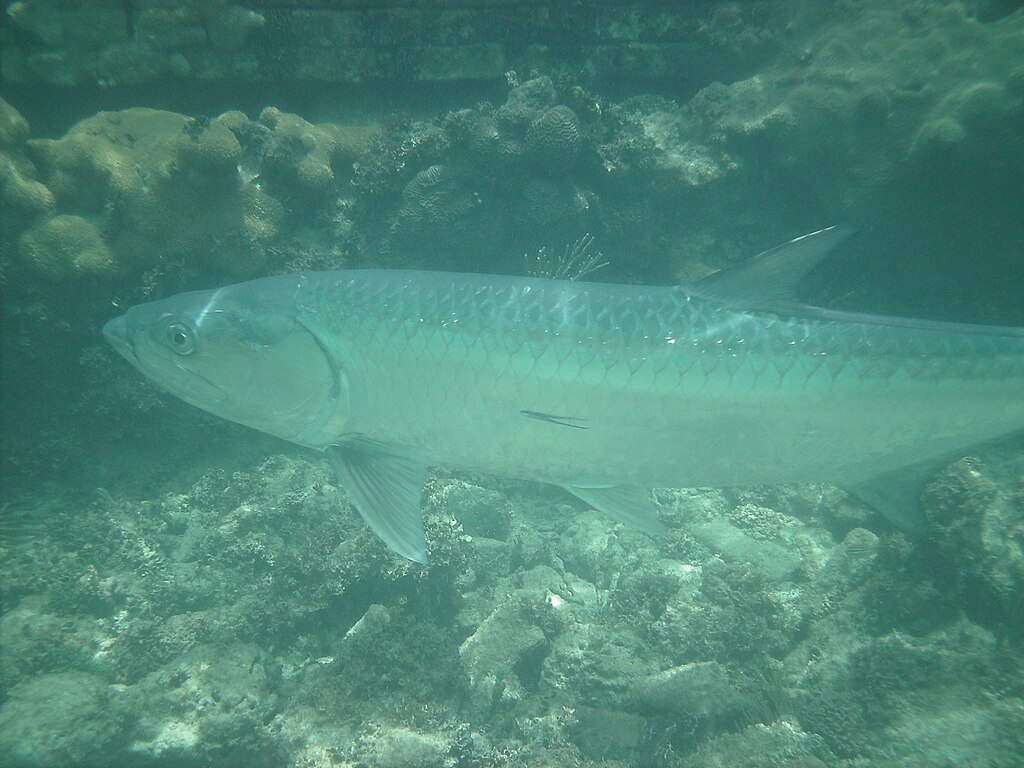
One of Key West’s most celebrated fishing phenomena occurs during late spring and summer when massive tarpon migrations bring thousands of these silver giants to the region. The peak migration typically runs from April through July, when tarpon ranging from 60 to over 200 pounds congregate in predictable channels and harbor areas. These prehistoric fish, known for their spectacular aerial displays when hooked, create what many consider the ultimate light-tackle challenge. The summer months offer the best visibility for sight-casting to these massive fish as they roll and daisy-chain through the clear waters. The tarpon migration represents a bucket-list experience for serious anglers, with many booking trips a year in advance to secure prime dates with experienced guides who specialize in targeting these magnificent gamefish.
Winter Backcountry: Redfish and Speckled Trout
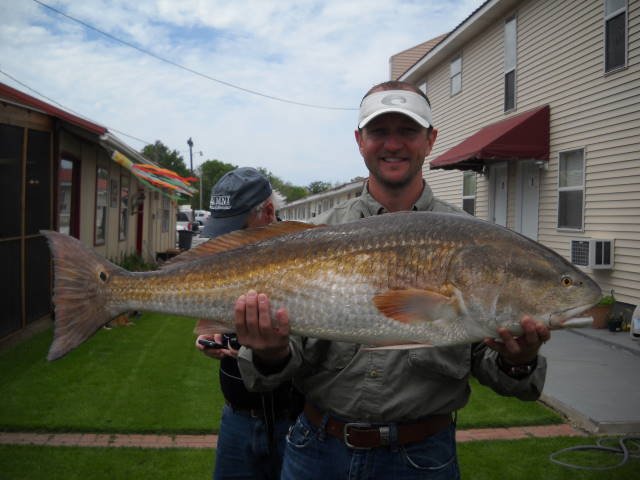
Winter transforms Key West’s backcountry into a haven for anglers seeking redfish and speckled trout. These species thrive in the slightly cooler waters, often schooling in greater numbers as they seek more protected areas during occasional cold fronts. Redfish become particularly active on the shallow flats during winter low tides, when their characteristic tailing behavior makes them visible to observant anglers. Speckled trout gather in deeper channels and basins during winter, often forming large schools that can provide non-stop action once located. The winter months also typically offer clearer water conditions in the backcountry, improving visibility and making it easier to spot fish. Many guides consider winter the prime season for these species, with February and March often producing the largest specimens of the year.
Year-Round Contenders: Barracuda and Jack Crevalle
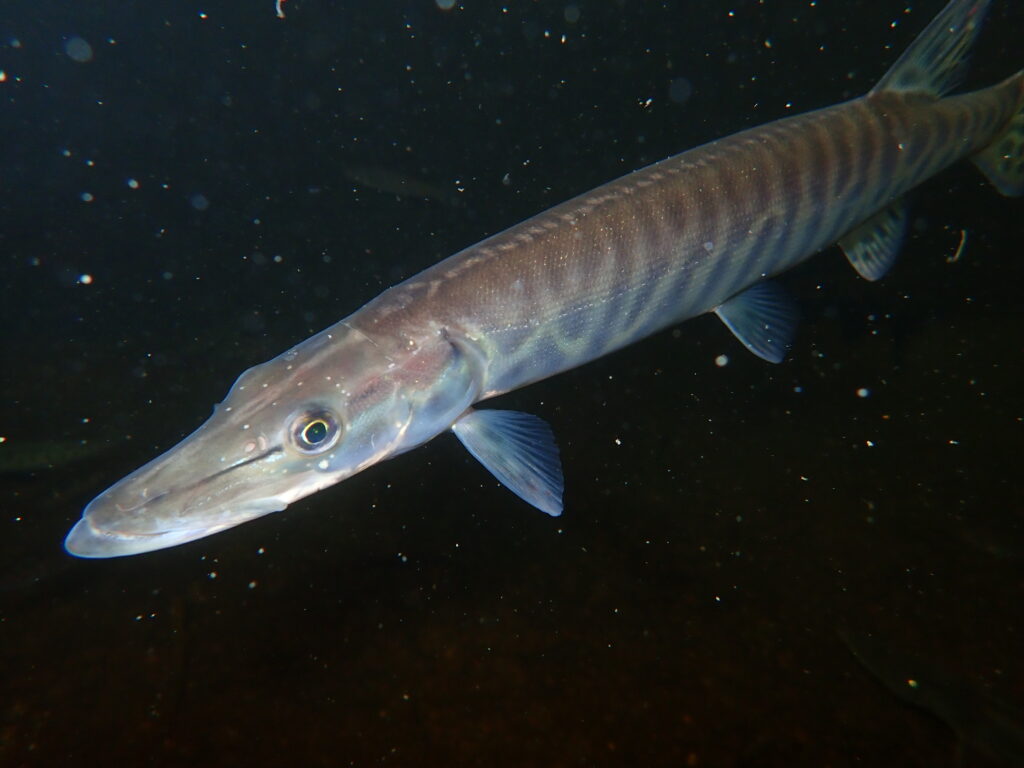
While many species show distinct seasonal patterns, Key West offers reliable action for certain species regardless of the calendar date. Great barracuda patrol the flats and reefs throughout the year, providing thrilling strikes and blistering runs that challenge even experienced anglers. These toothy predators reach their peak size during the winter months, but remain aggressive and abundant during summer as well. Jack crevalle similarly provides consistent action across seasons, though they tend to form larger schools during the cooler months. Both species are known for their explosive strikes and powerful fights, making them popular targets when other species are less cooperative. Their year-round presence provides a reliable backup plan for guides when weather conditions or seasonal transitions affect the primary target species.
The Permit Puzzle: Seasonal Patterns
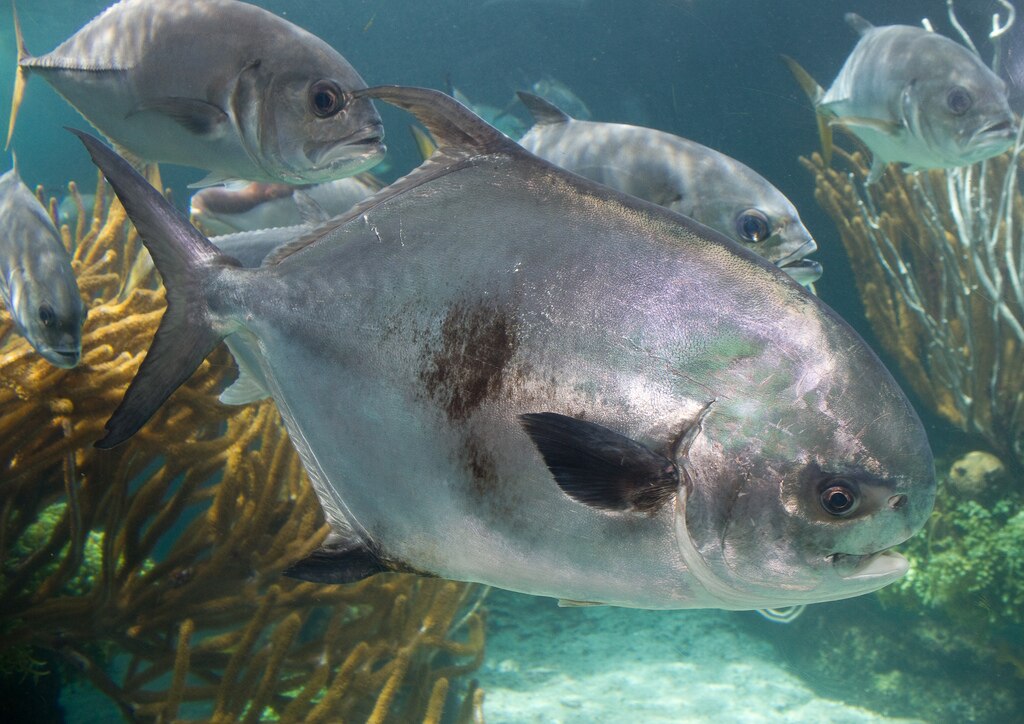
Permit, perhaps the most challenging and coveted flats speciesdisplaysay interesting seasonal patterns in Key West waters. During summer months, permit often gather in large spawning aggregations around offshore wrecks and reefs, providing opportunities for multiple hookups that are rare when targeting these selective fish. Winter sees permit dispersing to the flats where they become more solitary but often easier to spot against the lighter bottom in the clearer winter waters. Spring typically offers the best of both worlds, with pre-spawn permit feeding aggressively before their summer aggregations form. Fall permits tend to be particularly challenging as they transition between summer and winter patterns, often becoming more selective in their feeding. Regardless of season, permit fishing requires patience, precision, and presentation skills that challenge even the most accomplished anglers.
Summer Shark Action: Bulls, Lemons, and Blacktips
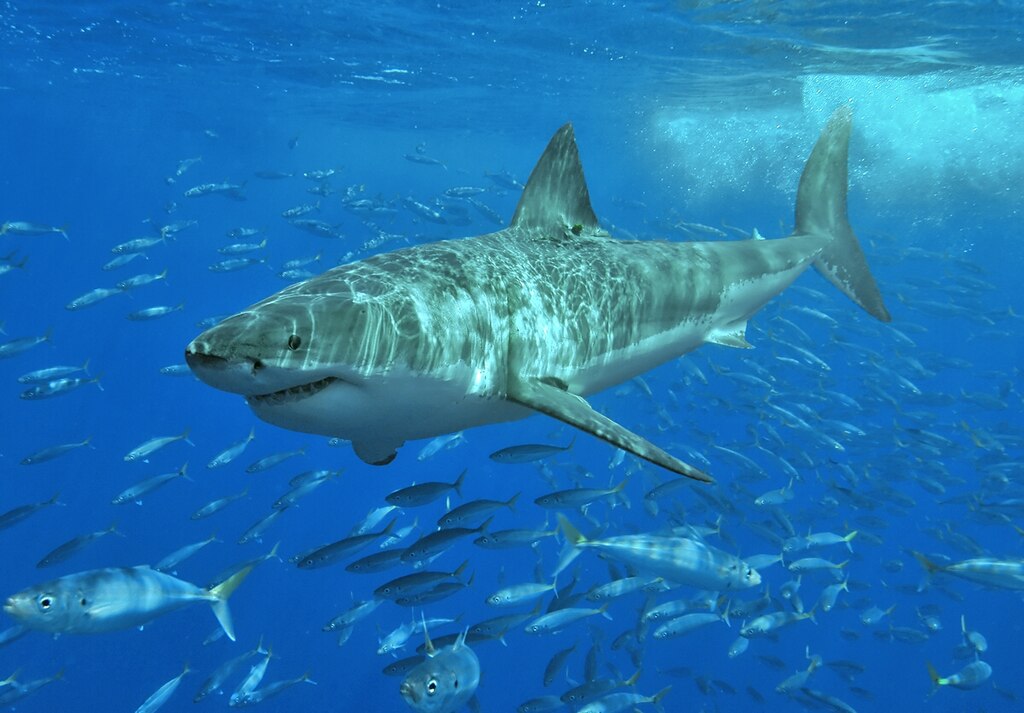
Summer heat transforms Key West into a shark fishing paradise as several species become more active in the warmer waters. Bull sharks, lemon sharks, and blacktip sharks are particularly prevalent during the summer months, often venturing into surprisingly shallow waters in search of prey. The summer tarpon migration attracts large numbers of sharks that follow these fish to feed on the weak or injured, creating exciting opportunities for shark encounterFlatats fishing for sharks reaches its peak during summer, when these apex predators can be spotted cruising in water as shallow as two feet deep. Summer shark fishing also benefits from the increased metabolism these fish display in warmer waters, making them more aggressive and willing to chase baits presented at greater distances.
Winter Prize: The Elusive Bonefish
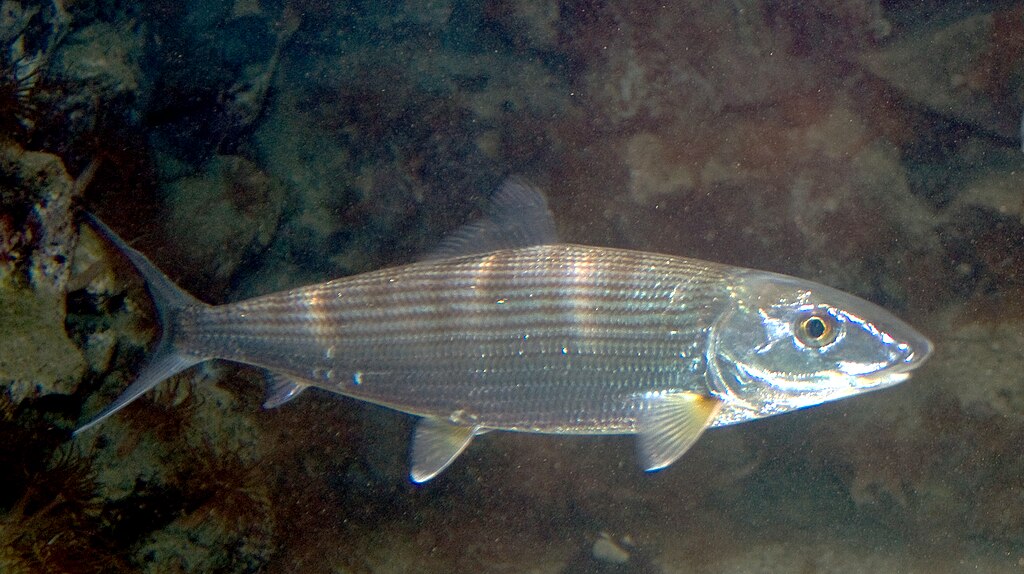
Winter creates prime conditions for targeting the legendary “gray ghost” of the flats – the bonefish. While present year-round, bonefish in Key West waters tend to be more predictable and concentrated during the winter months when cooler temperatures push them into deeper channels and basins between the flats. The clearer winter water dramatically improves visibility, making it easier to spot these notoriously camouflaged fish against the bottom. Winter’s lower water temperatures also slow the bonefish’s metabolism slightly, sometimes making them less spooky and more willing to investigate baits. The combination of favorable conditions makes winter the preferred season for serious bonefish anglers, particularly January through Mar,c, when the largest specimens are typically encountered.
Seasonal Fishing Techniques and Adaptations
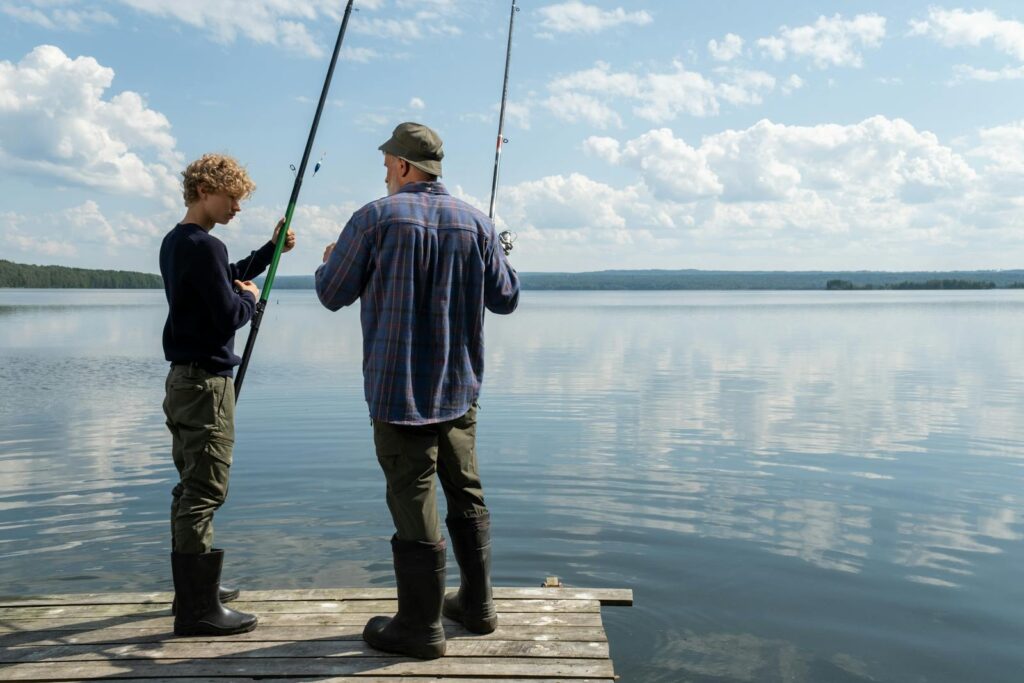
Successful fishing in Key West requires adapting techniques to match seasonal conditions and fish behavior. Summer fishing often focuses on early morning or evening hours to avoid the intense midday heat, with faster retrieves to trigger reaction strikes from fish with elevated metabolisms in the warm water. Winter calls for slower presentations, particularly during early morning hours when water temperatures reach their daily lows, giving fish time to track and commit to baits. Bait selection also varies seasonally, with live bait often producing better in summer while winter may call for a mix of artificial lures and natural baits depending on the target species. Experienced guides constantly adjust their approach based on seasonal patterns, often completely changing tactics and locations as the calendar progresses to maximize success rates throughout the year.
Planning Your Key West Fishing Trip: Seasonal Considerations
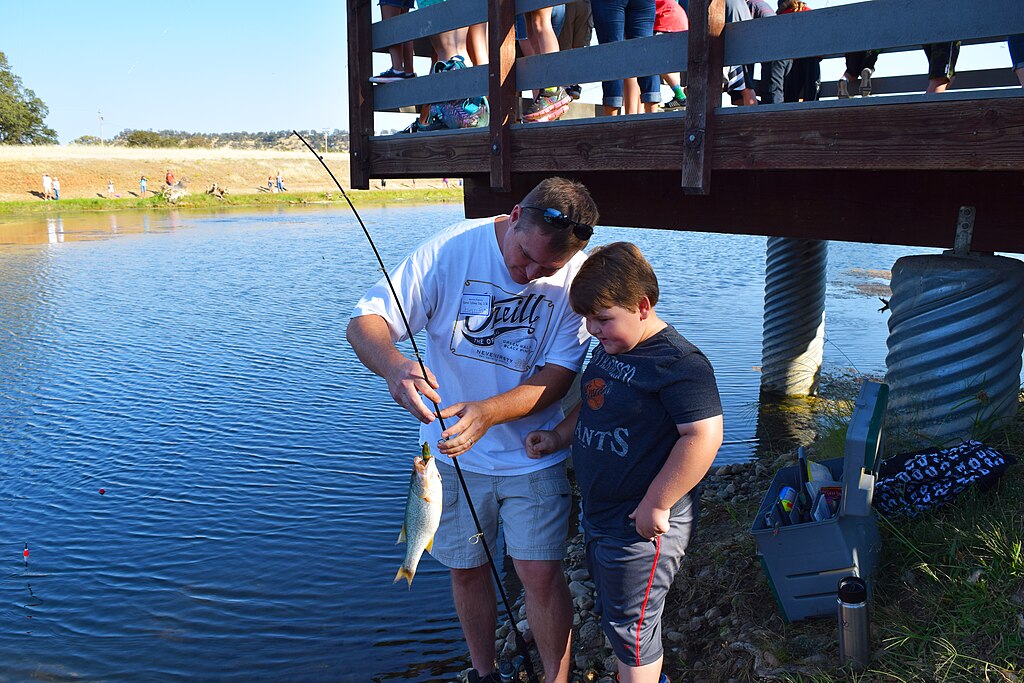
Timing your Key West fishing adventure requires balancing several factors beyond just the fishing calendar. Summer offers the advantage of longer fishing days and certain premium species, but comes with higher humidity, afternoon thunderstorms, and peak tourist season crowds and prices. Winter provides more comfortable weather conditions and some exceptional fishing opportunities, though occasional cold fronts can temporarily affect fishing and create rougher conditions. The shoulder seasons of spring (April-May) and fall (October-November) often represent the best compromise, offering excellent fishing diversity with fewer weather disruptions and more moderate pricing. When planning, consider booking accommodations and charters well in advance, particularly for prime seasonal periods targeting specific species like the tarpon migration, as the best guides are often booked months ahead.
Conclusion
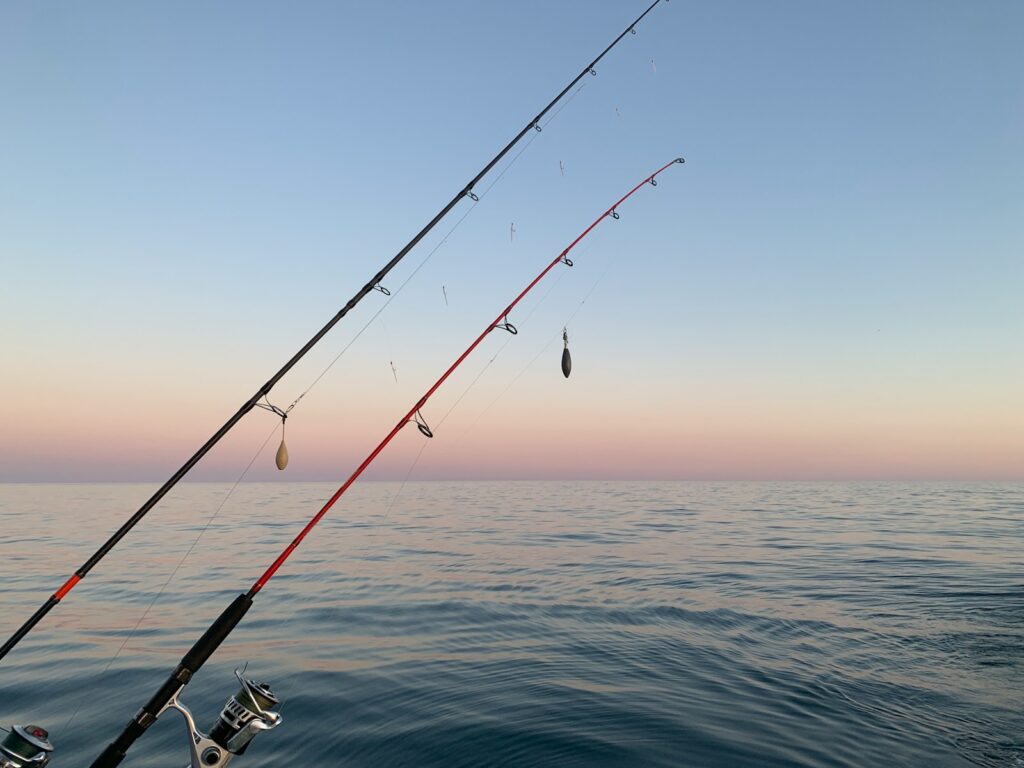
Whether you visit Key West during the heat of summer or the mild winter months, this fishing paradise offers exceptional opportunities year-round. Each season brings its own unique advantages and target species, ensuring that dedicated anglers can always find exciting action in these historic waters. Understanding these seasonal patterns allows you to plan the perfect fishing adventure tailored to your specific interests and target species. From the summer giants of the deep blue to the winter wizards of the flats, Key West’s diverse marine ecosystem ensures that every trip holds the potential for the catch of a lifetime, regardless of when you wet your line.

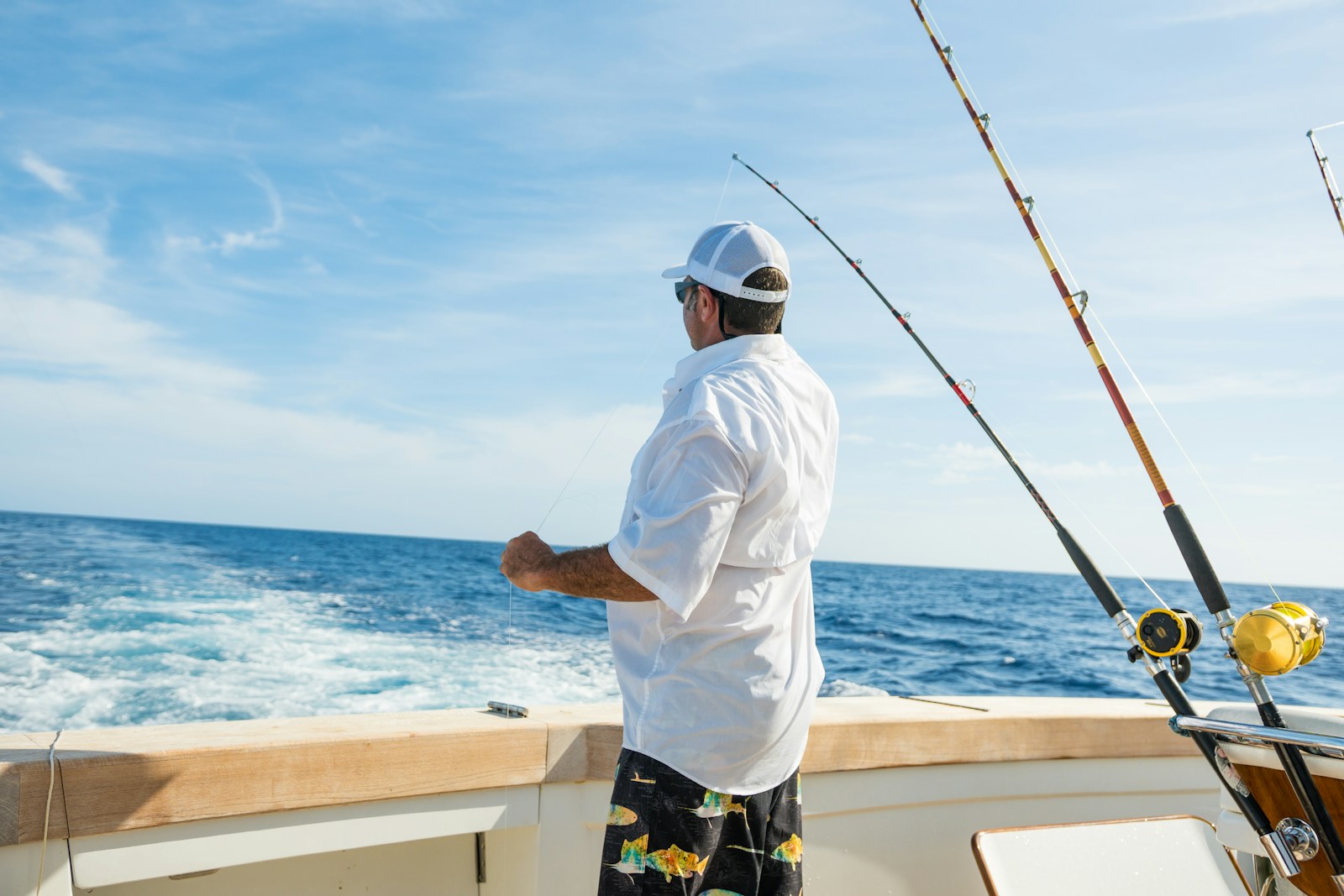


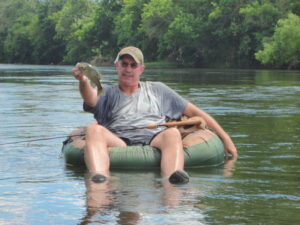
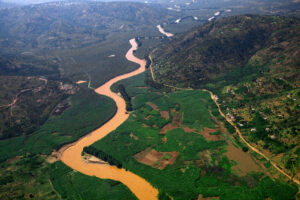








Post Comment